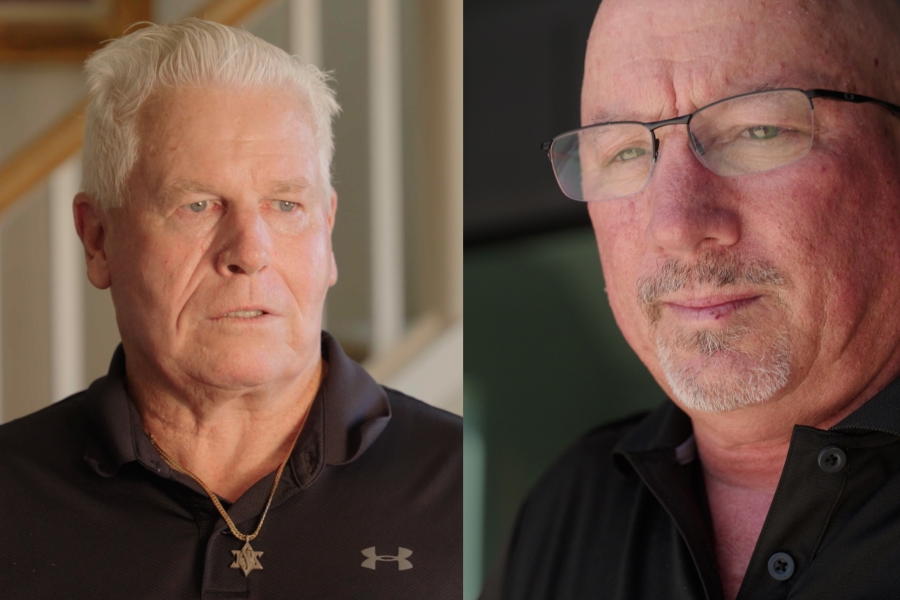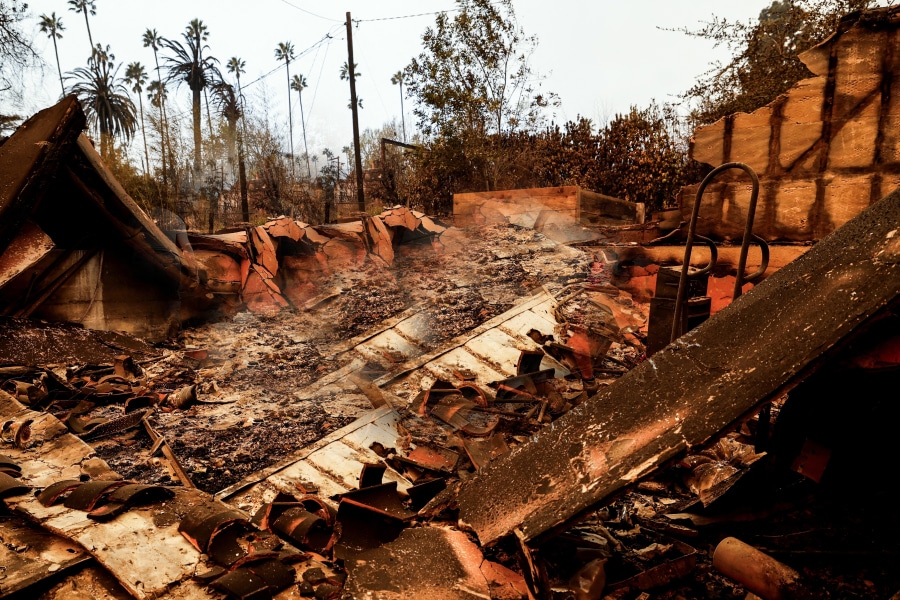Earl Messer
Imagine you built a school back in 2005. Years go by. Many employees who worked on the project are gone. Their emails are no longer available to review. Most other records are buried somewhere, maybe. The owner has handled maintenance year after year without your input. The building has aged and felt the effects of changing weather. And then, you are sued, thirteen years after the job is complete—for moisture intrusion. What a nightmare.
The Ohio Court of Appeals for Stark County has just considered such a case and affirmed the trial court’s application of the ten-year statute of repose to bar the claim. Unfortunately, it’s not over yet. The appellate court ruled on May 6, 2019, and the local school district has filed motions to have that ruling reversed. There is probably plenty more litigation to come in this case. Stay tuned.
In the meantime, though, it is constructive to consider what issues are at stake, for both contractors and owners. Ohio has a statute of repose. This is different from a statute of limitations. Most people understand that a statute of limitations sets a time within which a lawsuit must be filed or the claim is lost. The thing that fewer fully understand is that the clock for the statute of limitations may not start to tick until the injured party has reason to believe it has been damaged. In other words, defective construction that a reasonable person would not detect for a while does not start the statute of limitations clock ticking until something occurs to give the owner reason to believe there may be defective work. Think a slow leak inside a building wall that causes wood to rot and mold to grow, but otherwise does not become evident to the owner for five years. Typically, the statute of limitations clock would not begin to tick during those five years. Since the current statute of limitations for breach of contract in Ohio is eight years, the contractor would be exposed to suit for defective work for at least thirteen years.
That would only be the case, though, if the statute of limitations was the only time cut off for construction claims. It is not. Ohio, as well as many other states, also has a statute of repose. The statute of repose in Ohio basically cuts off any ability to sue after ten years following substantial completion. There is an exception if the owner discovers the defects in the final two years of the ten-year period. If the owner does discover defects in those last two years, it gets two more years before it no longer has a claim against the contractor.
So, what does the Stark County case have to do with this? In that case, the contractor, the architect and the contractor’s bonding company were sued for moisture intrusion related issues over thirteen years after the project had been completed. The owner alleged that the Ohio School Design Manual required the defendants to warranty their work for forty years for minor repairs and, astoundingly, one hundred years for major structural or exterior enclosure repairs. The defendants filed motions to dismiss arguing that the statute of repose barred the school district’s claims because it was filed thirteen years after substantial completion, three years beyond the expiration of the statute of repose. On appeal, the appellate court, so far, has affirmed the trial court’s dismissal.
The school district made several arguments as to why the appellate court should have reversed the trial court. The most troublesome for contractors was that when the contractor and the architect agreed in their contracts to be bound by the Ohio School Design Manual, they were more or less agreeing that the school district could make claims against them for up to one hundred years despite the statute of repose. The appellate court did not reject that argument. Instead, it avoided it on a technicality. The school district had not raised that argument with the trial court, and an appellate court will not consider any argument on appeal that a party failed to make first to the trial court. So, contractors can expect owners in the future to test that argument in another case.
Having said that, it seems fairly clear that if the argument had been made to the trial court, the appellate court would have rejected it. The school district’s warranty claim is nothing more than another kind of breach of contract claim. The appellate court affirmed all the good reasons why a breach of contract claim cannot be brought after ten years. All those reasons would apply just as well to a breach of warranty claim, since the warranty was part of the written contract between the parties. Those reasons were that the architect and contractor had no control over the building or its maintenance for all those intervening years. They had no control over extreme weather events that may well have affected the building over thirteen years. Much of the relevant evidence would simply be gone after thirteen years.
So, what is the practical import of all of this?
- Both the contractor and the owner should hang on to their written records, including electronic records, for at least ten years, and possibly up to twelve, following project completion.
- Owners need to keep their eye on the clock up to ten years after the project is complete in case they may have any viable claims.
- Remember that the longer it takes to litigate a matter, the more unclear many things become. For example: what really caused the moisture problems—was it defective work, poor maintenance, natural wear and tear? The owner has the burden of proof to show that it was defective work that caused the problem.
- And the longer it takes to litigate, the fewer witnesses that will remain available and the more distant and foggy the memories will be.
Earl Messer is chair of Taft’s construction industry practice group. Messer has substantial experience handling complex, multi-party delay and defect claims, disputes over insurance coverage and defense, and claims against sureties. He has represented owners, contractors, subcontractors and sureties. He is listed in Best Lawyers in America and Chambers USA for his work in the area of construction law and has been named a Fellow of Construction Lawyers Society of America. To learn more, click here.











